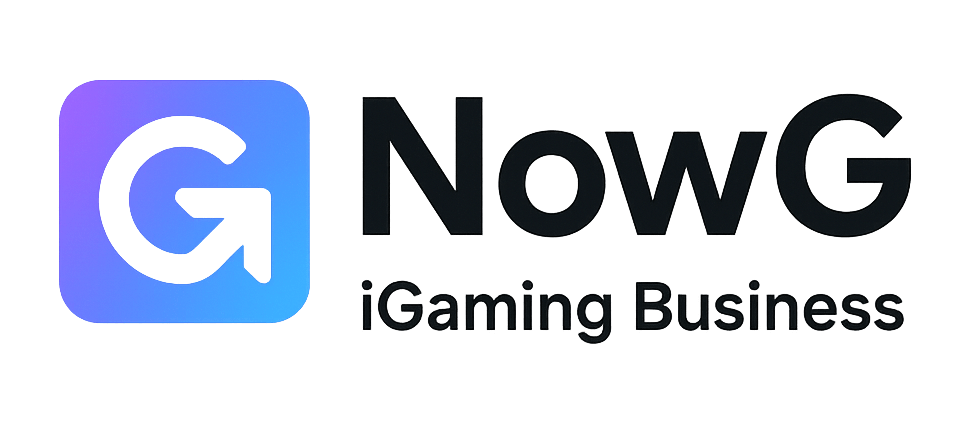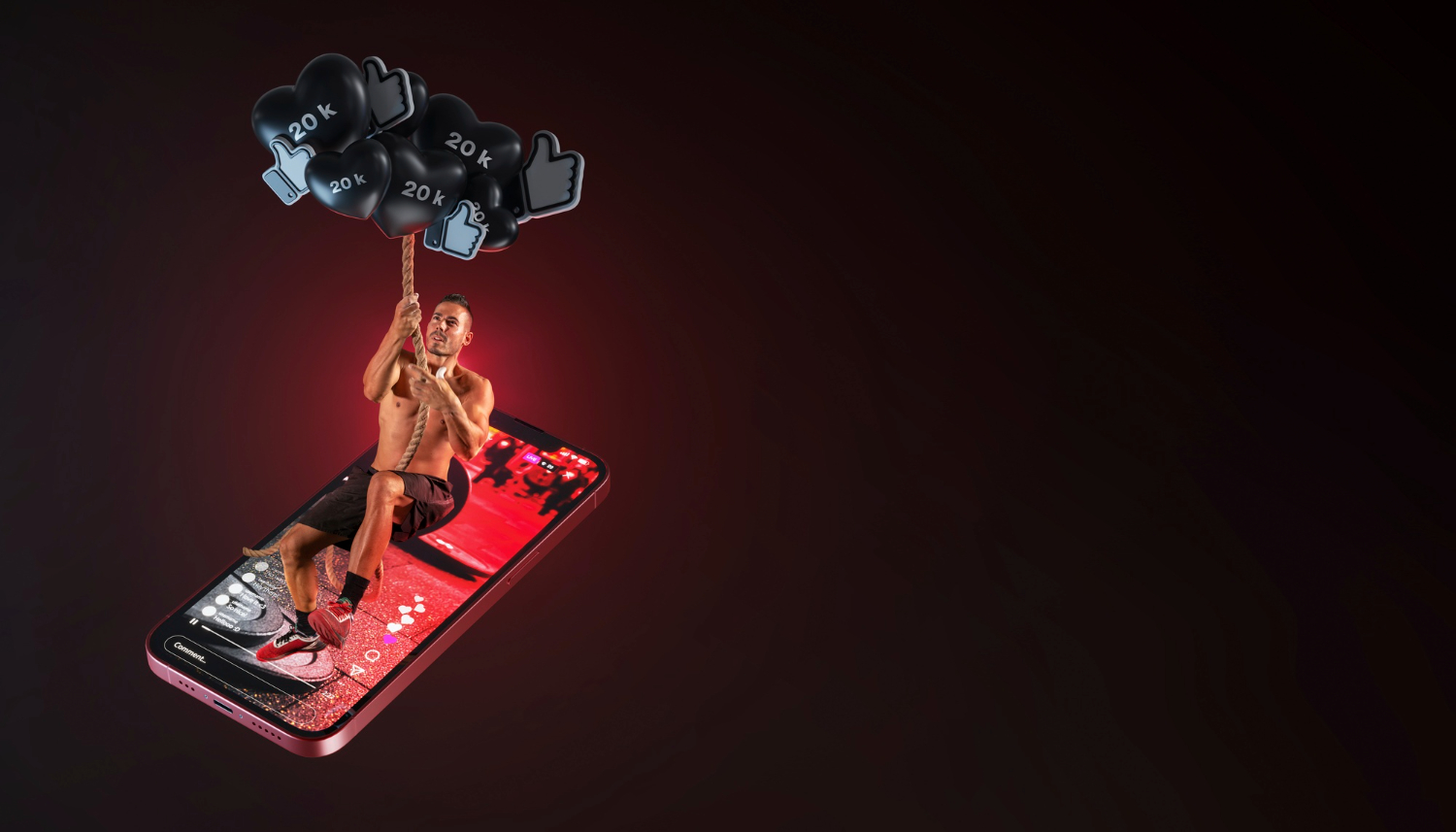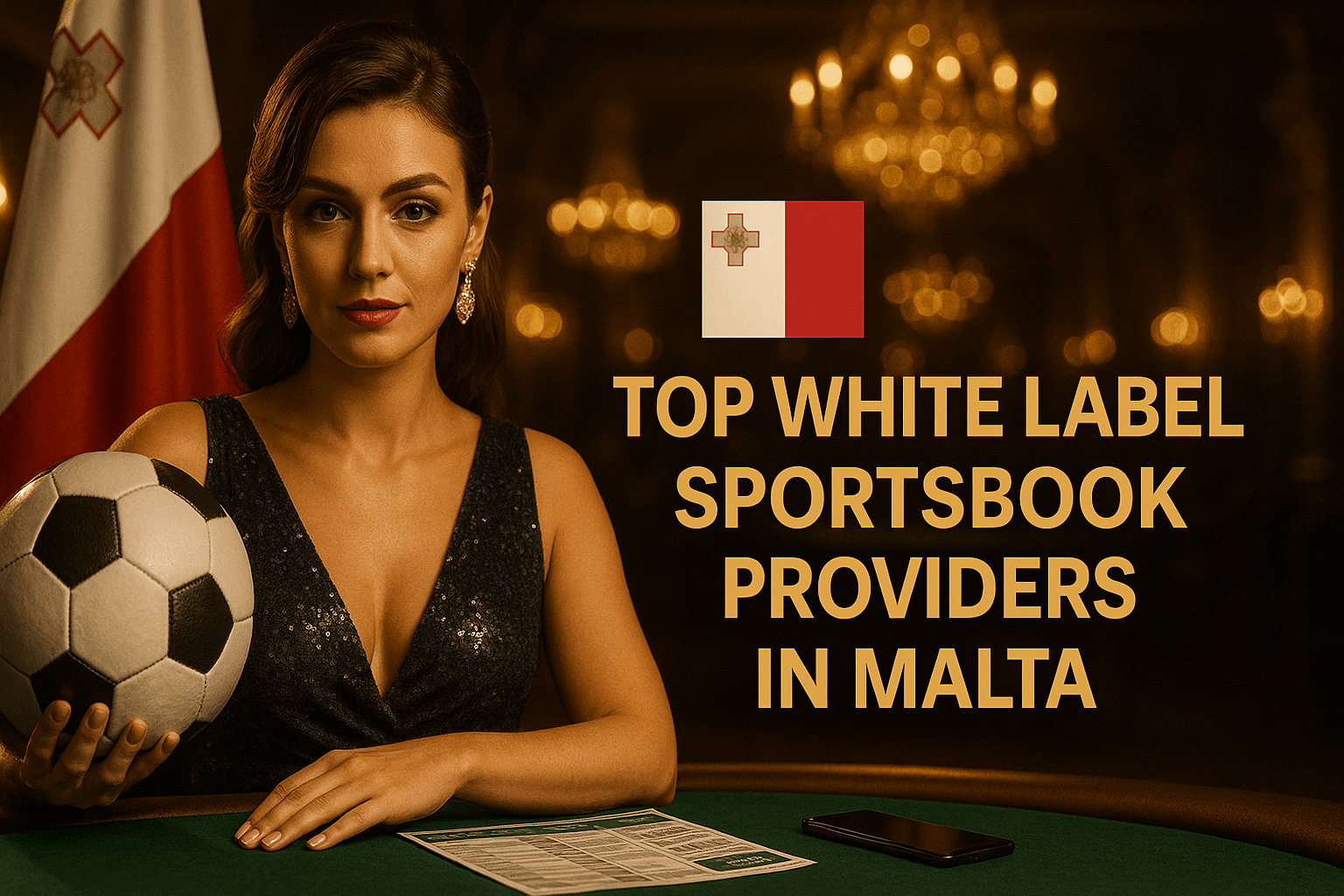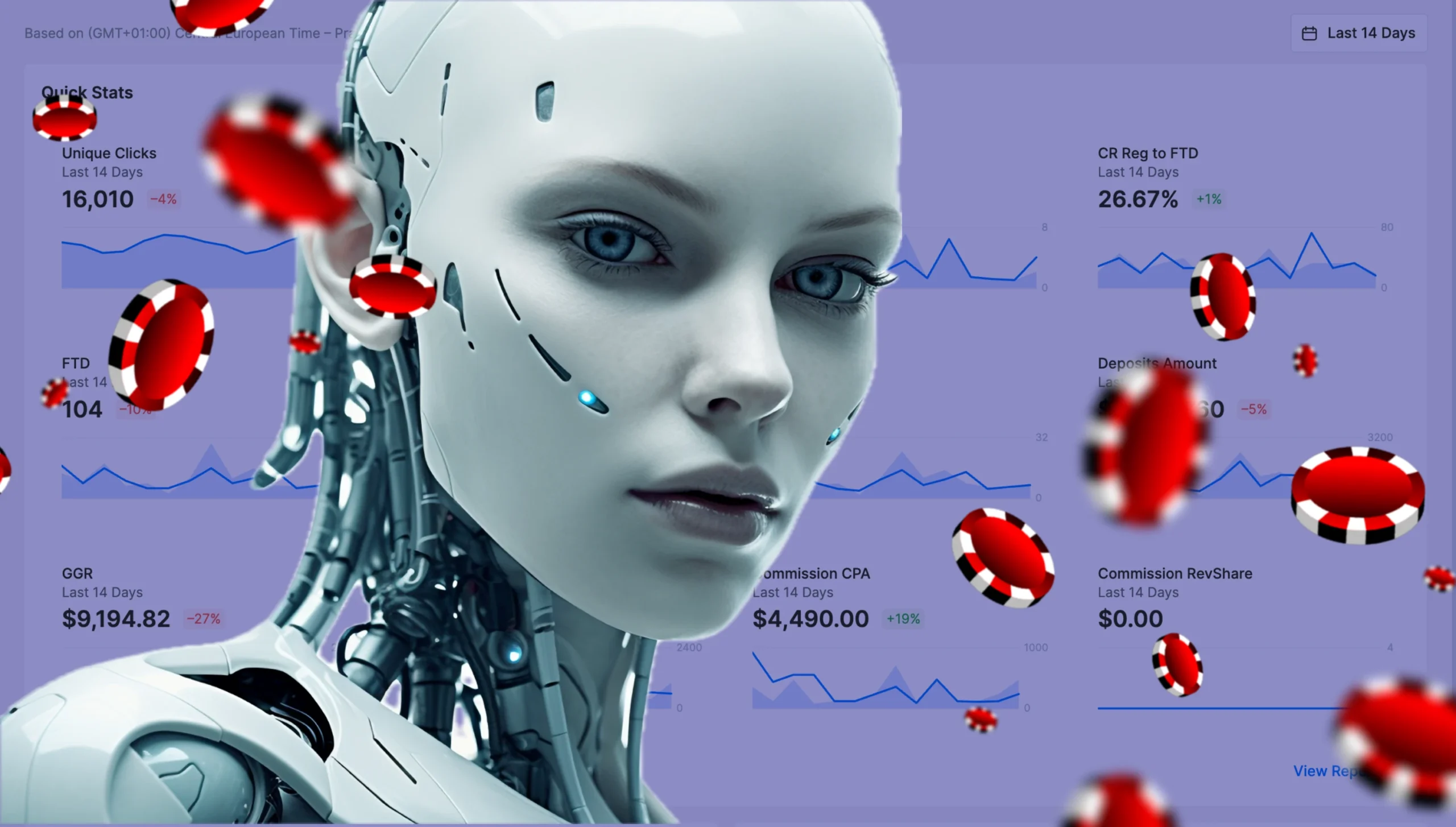Last Updated on September 5, 2025 by Caesar Fikson
Digital-ad spend just smashed through the US $1.1 trillion mark last year, with search alone on pace for a $351 billion slice by 2025.
The good news?
Budgets keep rising.
The catch?
So does the noise.
I’ve watched operators burn seven figures on Google Ads in a quarter and still lose auctions they could’ve owned for half the cost.
That disconnect is why PPC intelligence—actionable, AI-driven, minute-to-minute insight—has become the currency of survival.
1 Predictive Impression-Share Sculpting
Machine-learning pipelines now forecast your impression share monitoring curves a week out, teasing out when rivals taper spend. Feed those forecasts straight into bid-rules that spike only while probability of page-one dominance exceeds, say, 70 %. You sidestep the midnight bidding wars yet keep 90 % auction coverage where it counts. Picture a sportsbook campaign that owns every Champions-League kickoff for pennies while competitors nap.
2 Auction-Time Opponent Mapping
Google’s real-time ad auction insights API finally exposes pseudo-anonymous rival movement. I pipe that data into a graph database, flagging when two brand accounts share budget controllers—handy for revealing holding-group puppetry. Once patterns surface, I raise bids only against the true whale, letting the minnows churn unchallenged. That’s practical PPC competitor spying minus the cloak-and-dagger theatrics.
3 Multi-Variant Ad-Copy DNA Sequencing
Let’s face it: writing endless headlines is soul-sucking. I chunk historical RSA assets into n-grams, cluster by semantic theme, then correlate clusters with click-through rate analysis. The result? I know which emotional triggers—urgency, social proof, contrarian framing—lift CTR in each micro-segment. Copywriters stop guessing; ad copy intelligence becomes data science with a human polish.
4 Cross-Network Budget Arbitrage Loops
I still remember when stitching Google Ads and paid-social dashboards felt futuristic. Now I run Kafka streams that watch PPC performance tracking in real time. If TikTok CPV drops below a threshold, surplus budget hops there while Search pulls back. Ad-spend optimization turns fluid; finance teams cheer because blended CPA falls 23 % quarter-on-quarter.
Small redundancy?
Maybe.
Critical—absolutely critical.
5 Granular Audience-Recency Pacing
Google’s audience segmentation for ads used to be blunt. T
oday I sequence look-back windows—7 h, 24 h, 3 days—each with distinct bid modifiers tied to conversion-decay curves. High-intent bettors depositing within 60 minutes see aggressive odds-boost creatives; cold traffic gets soft-sell content.
Welcome to recency-layered keyword bidding strategy where every micro-moment speaks its own dialect.
6 Zero-Party Signal Fusion
Privacy walls tightened; third-party cookies?
Ghosts of 2023.
I collect quiz answers, wallet IDs, even live-odds preferences, then smash them into a Bayesian model that predicts lifetime value before the first wager. That feeds ROI tracking for paid media dashboards so acquisition teams can stomach higher CPCs when the model screams “whale.”
Risk-averse CFOs still flinch, but the math keeps proving me right.
7 Ad-Spend Stress Testing with Monte Carlo Forecasts
Ad campaign forecasting finally left Excel hell. I run 10,000-iteration spend simulations, injecting volatility drawn from historic PPC market trends.
The output shows 95 % confidence bands for ROAS, letting me yank doomed campaigns on day two instead of week two. Frankly, slicing losers early feels ruthless; it’s also why profit graphs lean up-and-to-the-right.
8 Dynamic Search-Ad Benchmark Waterlines
The 2024 benchmark CTR sits at 6.42 %. Nice trivia, useless in a vacuum. I build vertical-specific “waterlines” that adjust for auction density and seasonality, then alert when any ad group sinks one standard deviation below par. The process of quickly moving from diagnosis to copy adjustment consistently outperforms quarterly post-mortems.
9 Bivariate CPC–Quality-Score Heat-Maps
Why treat Quality Score as a static number?
I generate heat-maps plotting cost-per-click against QS across 30-day windows; outliers scream opportunity. One casino keyword with QS 7 but bargain CPC turned into a 5 × ROI hero once I cranked budget. That’s pay-per-click analysis in living color, and yes, it still surprises me.
10 Neural Bid-Optimizer Ensembles
Single-model bidding is so 2022.
I now ensemble gradient-boosting trees for weekday patterns, LSTMs for intraday spikes, and reinforcement agents that learn rival bidder elasticity. They fight for bid authority every 15 minutes; the champion writes back to Google’s SEM intelligence tools via the Ads API. It’s frustrating when the model misfires, but the collective still beats manual control 8 out of 10 sprints.
Obstacles nobody admits at conferences
- Compliance drag. KYC rules throttle conversion flow; a two-step doc check slashes 18 % of first-time deposits. Solution? Mid-funnel retargeting with geo-specific trust badges and countdown timers—simple, effective.
- Data whiplash. Google’s privacy sandbox hides query terms, starving search ad benchmarking. I offset with server-side click-stream stitching; sure, it’s messy, but partial vision trumps blindness.
- Burnout. Analysts glazed over from dashboard roulette. I rotate talent into hypothesis weeks: no routine reporting, just exploration. Morale spikes, and yes, breakthroughs happen.
Where Nowg fits the puzzle?
At Nowg my team bakes these tactics into affiliate acquisition frameworks for sportsbooks that refuse to settle for middle-of-pack. We ingest raw PPC data analytics, surface ad auction insights, and push automated playbooks so ops folk can sip espresso instead of firefighting manual bids.
Truth be told, the line between genius and over-engineering grows thinner every release cycle. Yet the operators wielding real-time Google Ads intelligence and surgical campaign optimization tools keep leapfrogging slower rivals.
So, one last question: when every auction reveals its tells in milliseconds, will your playbook react faster than your competitor’s gut instinct?




